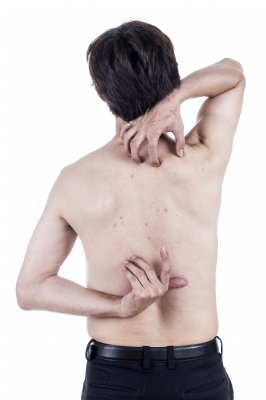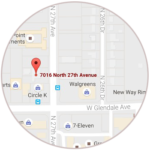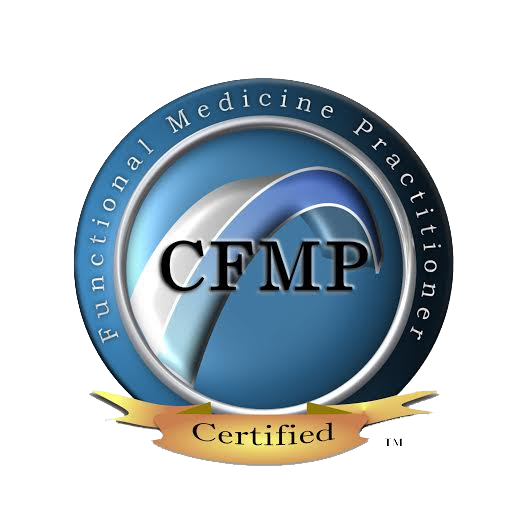Eczema is an inflammatory skin condition that has symptoms of itchy dry skin, red patches, blisters and skin infections. You may already know that, especially if you or a loved one has eczema. My guess is that you are trying to find exactly what this title says, Red Light Therapy for Eczema. While there are other options, Photobiomodulation (aka Red Light therapy) is recognized by the National Eczema Association and takes only ten minutes a session! You won’t want to miss this.

Red Light Therapy for Eczema
Photobiomodulation therapy (PBMT), often referred to as red light therapy or low-level laser therapy (LLLT), involves the use of specific wavelengths of light, typically in the red (620–700 nm) and near-infrared (700–1100 nm) spectrum, to stimulate cellular processes. It has gained significant attention for its therapeutic effects on skin conditions, including eczema (atopic dermatitis), due to its ability to reduce inflammation, promote tissue repair, and enhance skin barrier function. Below, I’ll expand on the mechanisms, benefits, and evidence supporting PBMT for eczema and other skin conditions, while addressing the need for proof and additional information.
How does it Work?
PBMT works by delivering low-intensity light to cells, which is absorbed by chromophores (light-absorbing molecules) such as cytochrome c oxidase in mitochondria. This interaction enhances cellular energy production (ATP synthesis), modulates reactive oxygen species (ROS), and triggers signaling pathways that promote healing and reduce inflammation. Key mechanisms relevant to eczema include:
Anti-Inflammatory Effects: PBMT reduces pro-inflammatory cytokines (e.g., IL-1β, TNF-α) and increases anti-inflammatory cytokines (e.g., IL-10). This helps alleviate the chronic inflammation characteristic of eczema, reducing redness, itching, and swelling.
Tissue Repair and Regeneration: PBMT stimulates fibroblast activity, collagen synthesis, and angiogenesis, promoting skin repair and strengthening the skin barrier, which is often compromised in eczema.
Pain Reduction: By modulating nerve signaling and reducing inflammation, PBMT can decrease the itch and discomfort associated with eczema.
Immunomodulation: PBMT may regulate immune responses, potentially reducing the overactive immune activity seen in atopic dermatitis.
Antimicrobial Effects: Some studies suggest PBMT can reduce bacterial load (e.g., Staphylococcus aureus), which often exacerbates eczema flares.
Benefits of Red Light Therapy for Eczema
Eczema is a chronic inflammatory skin condition characterized by dry, itchy, and inflamed skin. PBMT offers several benefits for managing eczema symptoms:
- Reduced Inflammation: By downregulating inflammatory pathways, PBMT decreases redness and swelling, key features of eczema flares.
- Improved Skin Barrier: Enhanced collagen production and keratinocyte proliferation help repair the damaged skin barrier, reducing moisture loss and sensitivity.
- Itch Relief: PBMT’s analgesic effects can reduce the itch-scratch cycle, a major issue in eczema that worsens skin damage.
- Non-Invasive and Safe: PBMT is painless, non-thermal, and has minimal side effects, making it suitable for long-term use, even in sensitive populations like children.
- Complementary Therapy: PBMT can be used alongside topical treatments (e.g., corticosteroids, moisturizers) to enhance outcomes without significant drug interactions.
Evidence Supporting Red Light Therapy for Eczema
While PBMT is well-studied for conditions like wound healing, acne, and wrinkles, research on its use for eczema is still emerging but very promising!
Studies on Red Light Therapy for Eczema:
A 2016 study in Scientific Reports demonstrated that PBMT at 660 nm reduced TNF-α and IL-6 levels in a mouse model of skin inflammation, supporting its anti-inflammatory effects.
A 2017 study published in Lasers in Medical Science investigated PBMT in patients with atopic dermatitis. The study used red light (630 nm) and near-infrared light (850 nm) applied twice weekly for 8 weeks. Results showed significant reductions in erythema (redness), pruritus (itching), and Eczema Area and Severity Index (EASI) scores compared to controls. The authors attributed these effects to reduced inflammation and enhanced skin barrier repair.
A 2020 pilot study in Photobiomodulation, Photomedicine, and Laser Surgery explored PBMT (660 nm and 808 nm) in children with mild-to-moderate eczema. After 12 sessions, patients exhibited a 40% reduction in itch severity and a 30% improvement in skin hydration, suggesting PBMT’s potential for pediatric eczema management.
A 2022 study in Lasers in Surgery and Medicine showed that PBMT enhanced epidermal thickness and keratinocyte proliferation in a skin injury model, indicating its potential to restore the skin barrier in eczema.
Additional Applications of PBMT for Skin Conditions
Beyond eczema, PBMT has shown efficacy for various dermatological conditions, reinforcing its versatility:
- Acne: Reduces inflammation and bacterial load while promoting healing of acne scars.
- Wrinkles: Stimulates collagen and elastin production, improving skin elasticity and reducing fine lines.
- Burns: Accelerates tissue repair and reduces pain in superficial burns.
- Scarring: Minimizes hypertrophic and keloid scar formation by modulating fibroblast activity.
- Rosacea: Decreases redness and inflammation in facial skin.
Studies on Red Light for Eczema Related Skin Conditions:
- Acne: A 2019 meta-analysis in Dermatologic Surgery reviewed 37 studies and found PBMT (red and near-infrared wavelengths) significantly reduced acne lesions by decreasing inflammation and sebum production while promoting tissue healing.
- Wound Healing and Scarring: A 2018 review in Journal of Clinical Medicine highlighted PBMT’s role in accelerating wound closure and reducing scar formation by enhancing collagen synthesis and fibroblast activity, which is relevant to repairing eczema-damaged skin.
- Psoriasis: A 2021 study in Photodermatology, Photoimmunology & Photomedicine showed that PBMT reduced psoriasis plaque severity, with effects similar to those seen in eczema due to shared inflammatory pathways.
Practical Considerations for Red Light Therapy for Eczema
Treatment Recommendation: Effective Red Light Therapy for eczema typically uses red (620–670 nm) or near-infrared (800–900 nm) light, with fluences of 1–10 J/cm² and sessions lasting 10 minutes, 3-5 times per week.
Devices: PBMT can be administered via professional devices (e.g., LED panels, lasers) in clinics or at-home devices designed for consumer use. At-home devices are increasingly popular but require careful selection to ensure appropriate wavelengths and dosages.
Safety: PBMT is considered safe, with no side effects when used as directed.
In conclusion, Red Light Therapy has a wide range of applications in dermatology. Along with the eczema treatment, there are actually side benefits like reduced headaches, fatigue, pain, wrinkles, hair loss – and so much more! There are so many studies on all the wonderful benefits that have been achieved with PBMT that it is hard to find a condition that can not benefit from treatment. Especially in healing, skin rejuvenation, and reducing both inflammation and cell death. See our other articles to see how it helps other conditions like Alzheimer’s, acne, and eye health.
START TODAY!
Get scheduled today for this affordable eczema treatment and start seeing results! Results are usually seen with regular sessions for at least 2-3 months, but some benefits can be seen in as little as one ten minute session. We have an UNLIMITED plan that is the best deal in Phoenix, AZ. Get scheduled HERE!
Not local? Get your own personal device HERE! Use our discount code Dr.Kilcup5% to save 5% at checkout.
Click HERE to learn more about PBMT
References & Image Permission:
National Library of Medicine – note that PBMT is referred to as LLLT.
Image from Pitiya on freedigitalphotos.net



